The road width of solar street lights is an important parameter when designing lighting solutions, which directly affects the selection of lamp pole height, light source power, lamp spacing and light distribution method. The following are specific design specifications and precautions:
1. Relationship between road width and lamp pole height
According to international lighting standards (such as CIE, IESNA) and domestic "Urban Road Lighting Design Standards" (CJJ45), the matching principles of lamp pole height (H) and road width (W) are as follows:
Road type | Road width (W) | Recommended light pole height (H) | Lighting method |
Sidewalk/small road in community | 3-5 meters | 3-4 meters | Single-sided or double-sided symmetry |
Secondary road/branch road | 5~10 meters | 5~6 meters | One-sided or staggered arrangement |
Urban trunk roads | 10~15 meters | 8-10 meters | Symmetrical or central isolation belt on both sides |
Highway/Expressway | 15~30 meters | 10-12 meters | Double-sided high pole lighting |
Core formula:
Light pole height (H) ≈ 0.6~1.2 × road width (W)
(Specific coefficients need to be adjusted in combination with lighting uniformity requirements)
2. Light source power and light distribution design
Power selection: The wider the road, the greater the required light source power (need to compensate for the lighting range).
Reference range:
3~5m wide road: 20W~30W LED
10m wide road: 50W~80W LED
15m and above: 100W+ LED
Light distribution type: Narrow beam (≤60°): suitable for narrow roads (such as community roads) to reduce light pollution.
Wide beam (90°~120°): used for wide roads (such as main roads) to cover a larger area.
Asymmetric light distribution: used when lighting on one side, the light is biased to one side of the road (to avoid waste).
3. Lighting Spacing Design
Relationship between Spacing (S) and Light Pole Height (H) and Road Width (W):
Spacing (S) = 3∼5 × Light Pole Height (H) Spacing (S) = 3∼5 × Light Pole Height (H)
Example: 6-meter high light pole → Spacing 18~30 meters (specific illumination requirements).
Wide road (such as 15 meters): need to shorten the spacing (such as 20 meters) or increase the power to avoid the "zebra crossing effect" (alternating light and dark).
4. Adjustment of special road scenes
Curves/intersections:
Shorten the spacing (50%~70% of the straight road) and increase the number of lamps.
Use adjustable angle lamp heads to strengthen the lighting of key areas.
Slopes:
The height of the light pole is adjusted according to the slope to ensure that the light covers the road surface (avoid too bright at low places and too dark at high places).
Green belt roads:
Choose anti-glare design to avoid tree shading (the light pole can be appropriately raised).
5. Adaptation of solar energy system
High power demand for wide roads:
The power of solar panels (such as 100W street lights with 200W photovoltaic panels) and battery capacity (such as 150Ah LiFePO4) need to be increased.
When the lights are densely arranged:
Consider the design of "centralized power supply + split street lights" (multiple lights share a large-capacity battery pack).
6. Common errors and avoidance
The light pole is too high/too low:
Too high leads to insufficient ground illumination, and too low causes glare.
The spacing is too large: a dark lighting area is formed, affecting safety.
Ignoring light distribution: Symmetrical light distribution is used for single-side lighting, resulting in light waste.
7. Design process example
Measure the road width (such as 10 meters) → Select the light pole height (6 meters).
Calculate the spacing (6×4=24 meters) → Adjust to 20 meters (due to dense traffic).
Select light source: 60W LED, asymmetric light distribution (single-side lighting).
Verify illumination: software simulation to see if it reaches 15 Lux (secondary road standard).
Summary and suggestions
Narrow road (<5 meters): 3~4 meters pole + 20W LED, 15 meters apart.
Medium road (10 meters): 6 meters pole + 50W LED, 20~25 meters apart.
Wide road (>15 meters): 10 meters pole + double-sided lights, 100W LED, 25~30 meters apart.
If you need a precise solution, you need to provide specific road parameters (width, traffic volume, geographical location, etc.)!

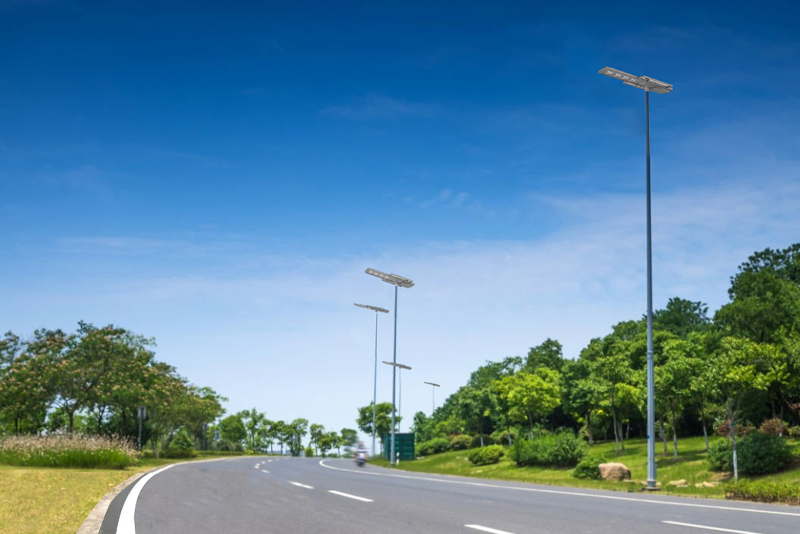

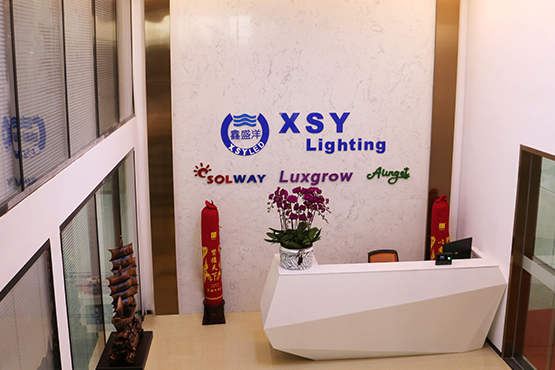
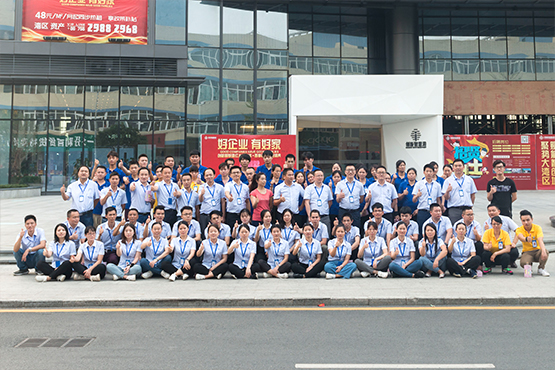






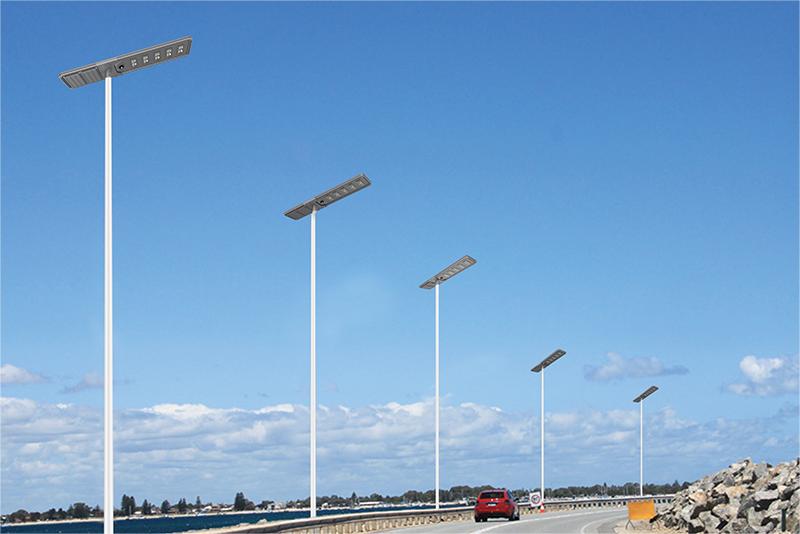
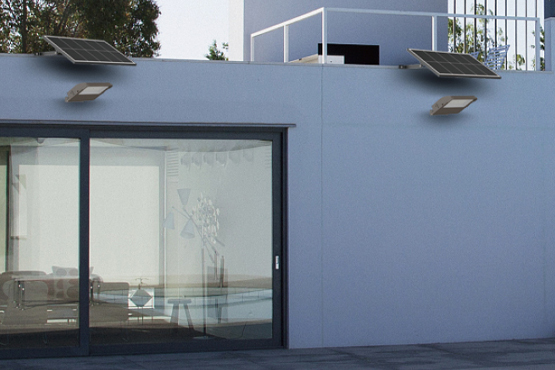




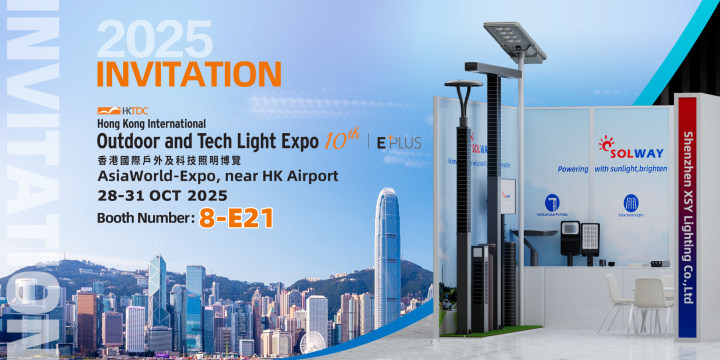

 English
English










 Scan WhatsApp
Scan WhatsApp Scan Wechat
Scan Wechat Scan WhatsApp
Scan WhatsApp Scan Wechat
Scan Wechat Consult Now
Consult Now






